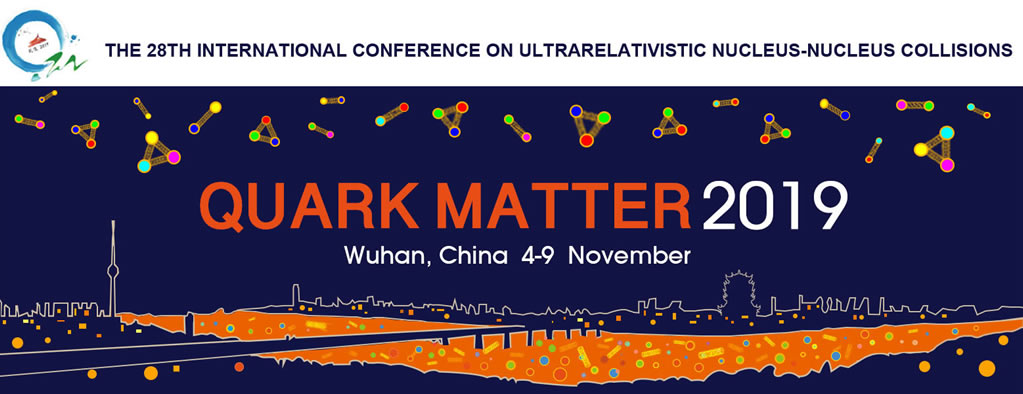Speaker
Description
Electromagnetic fields produced in relativistic heavy-ion collisions are affected by the asymmetry of the projectile-target combination as well as the different initial configurations of the nucleus.
In this study, the results of the electric and magnetic fields produced for different combinations of ions, namely $^{12}$C + $^{197}$Au, $^{24}$Mg + $^{197}$Au, $^{64}$Cu + $^{197}$Au, and $^{197}$Au + $^{197}$Au at $\sqrt{s_{NN}} = 200$ GeV are demonstrated with a multi-phase transport model (AMPT). The configuration of the distribution of nucleons of $^{12}$C is initialized by a Woods-Saxon spherical structure, a three-$\alpha$-clustering triangular structure or a three-$\alpha$-clustering chain structure. It was observed that the electric and magnetic fields display different behavioral patterns for asymmetric combinations of the projectile and target nuclei as well as for different initial configurations of the carbon nucleus. The major features of the process are discussed.
